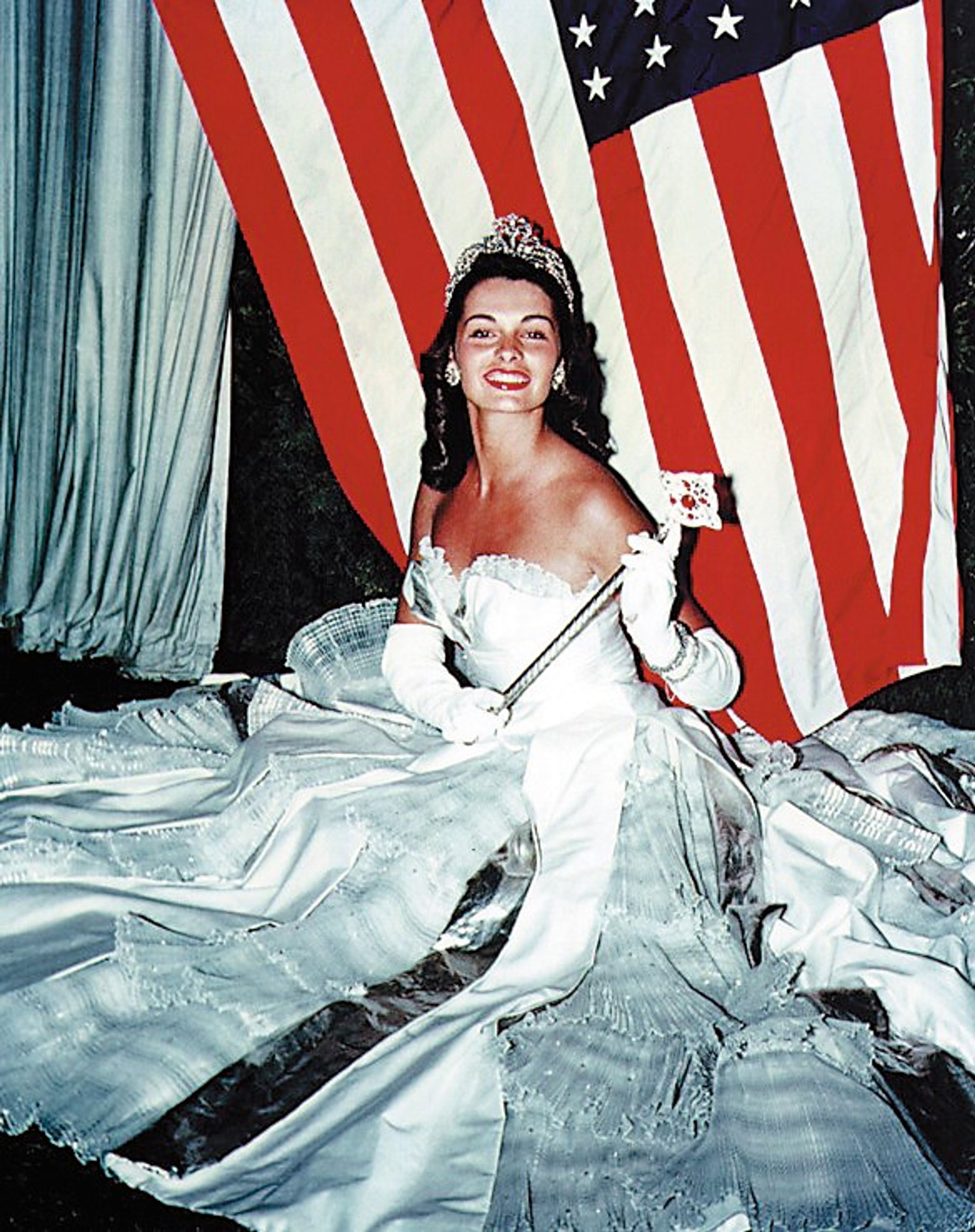
Miss America
What began in 1921 as a tourist attraction became the American Dream for women: the annual Miss America election in Atlantic City. Alternately glorified, derided, imitated and criticised, Miss America has developed into an icon of American culture. ‘It’s about imagining who we are, why we’re here, what we’re for. In MISS AMERICA, historical footage is alternated with interviews with critics and winners from various decades. The film shows how after the war the award presentation in bathing suits was replaced with a stylish ceremony in evening dress; how it was stipulated in the forties that only white women could participate; how years later people reacted to this by organising a Miss Black America election; and how scandals invited bizarre contract provisions. After the war, besides beauty, people also started paying attention to ‘talent’ and ‘brains’. This led to the most divergent ‘proof’ of talent: from figure skating, acrobatics and belly dancing to telling a story with a Norwegian accent. The film contains a compilation of all TV coverings since 1954. The parade of Misses filing past features the first Jewish Miss who was boycotted by sponsors, the first black Miss and the first Miss who did not cry after winning. In the development from the apple-cheeked motherly type in the twenties to the ultra-slim beauty ideal of today, one commentator recognises an alarming constant: ‘To be beautiful, you have to look not like a woman’.